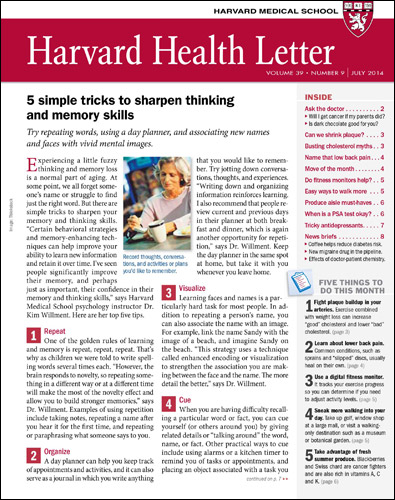Are antibacterial products with triclosan fueling bacterial resistance?

When it comes to keeping clean, there could such a thing as too clean. I've posted before about how often people shower and whether showering daily might have a downside. It's not just my opinion. Over five years ago, the FDA raised alarms about antibacterial soap and whether it might lead to more resistant bacteria. At the time, most liquid soaps and about a third of bar soaps contained triclosan, a powerful antibacterial drug that's also found in mouthwash, makeup, toothpaste, cutting boards, and even mattress pads. For decades, these products have been marketed as cleaner or more hygienic, to exploit our aversion toward (or obsession about) germs and their potential to cause disease.
In 2013, the FDA told makers of antibacterial soaps to prove that their products are more effective than regular soap and water at preventing disease, or else take them off the market. Because no such proof ever came, the FDA proposed banning triclosan from liquid soaps in 2016. This year, the FDA announced the final rule on this ban, which will take full effect in April 2020.
New concerns about antibacterial products
A new study suggests that concerns about triclosan's impact on bacterial resistance to antibiotics are well-founded. Researchers exposed bacteria to triclosan before administering antibiotics to find out whether bacterial resistance to antibiotics would increase. It did — dramatically. One in 10 bacteria exposed to triclosan managed to survive antibiotics versus one in a million bacteria that weren't exposed to triclosan.
This may seem odd, since triclosan is specifically intended to kill bacteria. But there are two problems to consider when people try to eradicate bacteria. Most treatments — including triclosan — are not 100% effective. Some bacteria may survive regardless of how much you clean. And bacteria are very good at finding ways to resist antibiotics. In the fight against bacteria, it's often true that what doesn't kill them makes them stronger: the bacteria that survive may have a mutation that helped them do so. Those bacteria can then replicate into a resistant population of germs that don't respond to antibiotics.
Now what?
Triclosan is banned from soap, but still allowed in other consumer products. We need to learn much more about the benefits — if any — as well as the risks and unintended consequences of using triclosan and other antibacterial agents.
Has the impulse to eradicate germs in our environment gone too far? In recent years, knowledge about the microbiome — the organisms that live within and around us — has exploded. And we've learned that in some situations, more bacteria (or the right mix of different types of bacteria) might actually be healthier than less bacteria.
An increasingly popular, although unproven, "hygiene hypothesis" suggests that the rising incidence of allergies, asthma, and perhaps other diseases is due, at least in part, to our efforts to keep our environments germ-free. The idea is that the less exposure we have to germs as our immune systems are developing, the more inappropriate or exaggerated our immune reactions may become.
What else is in hand sanitizers?
Alcohol is the major germ-killer in hand sanitizers now that triclosan has been removed. But there are also conditioners (since alcohol is quite drying to the skin), fragrances, and bitter additives (to discourage anyone from drinking the stuff). Similar additives are found in many cosmetics and other consumer products and are not known to be harmful.
Additionally, some hand sanitizers contain chemicals that turn them into a gel, so you can conveniently squirt a dab into your palm without making a mess or needing to get to a sink. After pushing a shopping cart that hundreds of people touched before you, a dollop of hand sanitizer is a convenient way to quickly and effectively clean your hands.
The bottom line: You should really wash your hands
The FDA and other experts are now recommending we stick with alcohol-based hand sanitizers or soap and water, rather than more powerful antibacterial agents. But remember: when you wash your hands, really wash your hands! Cover all surfaces well and wash for 20 seconds or more. In one study of a public restroom, nearly 95% of people did not wash their hands long enough to be effective after using the restroom. This includes about 10% who did not wash at all. (Yes, researchers planted themselves inconspicuously near sinks to tally how often, how long, and whether people washed their hands to complete the study.)
The bottom line? Take the time to wash your hands well, especially when you're touching surfaces many others have touched, or if you're sick or around others who may be sick.
Follow me on Twitter @RobShmerling
About the Author

Robert H. Shmerling, MD, Senior Faculty Editor, Harvard Health Publishing; Editorial Advisory Board Member, Harvard Health Publishing
Disclaimer:
As a service to our readers, Harvard Health Publishing provides access to our library of archived content. Please note the date of last review or update on all articles.
No content on this site, regardless of date, should ever be used as a substitute for direct medical advice from your doctor or other qualified clinician.













